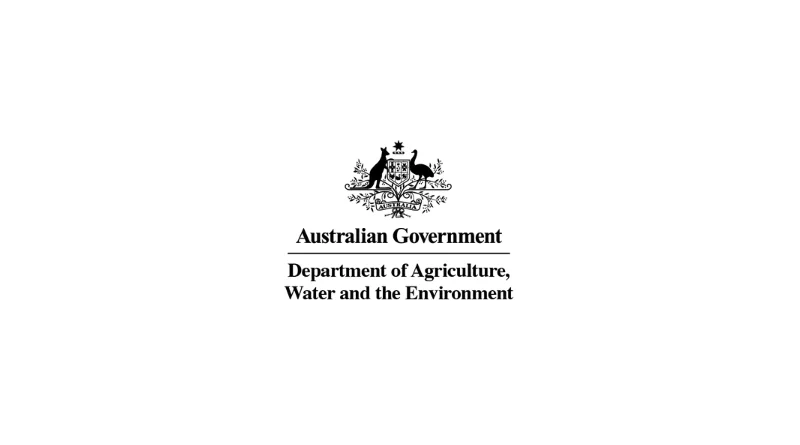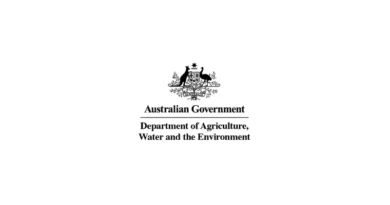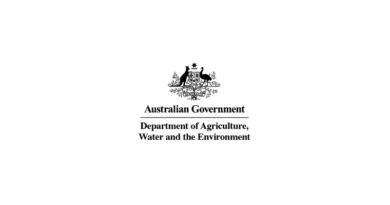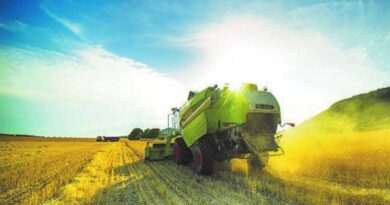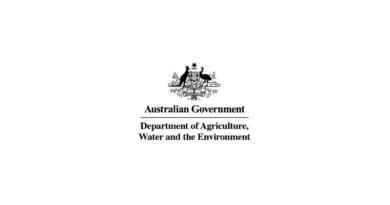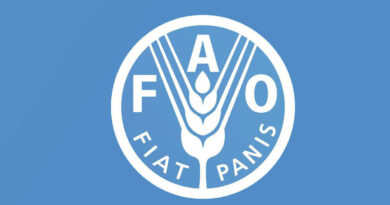ABARES reports show Australian farmers adapting and adjusting to help offset climate effects
11 July 2023, Australia: Climate change is having an impact on Australian agriculture, with farmers having to contend with higher temperatures and lower winter rainfall.
Despite these challenges, many farmers are adapting and adopting new technologies and practices to offset these effects.
The latest ABARES figures show climate adjusted productivity in Australia’s broadacre industries grew by 0.6% per year on average between 1988–89 and 2021–22.
In the climate exposed grain production industries, climate adjusted productivity increased 1.4% per year on average, compared to a growth rate of 0.9% not adjusted for climate and weather effects.
ABARES Executive Director Jared Greenville said the result demonstrated that Australian farmers are adapting and adjusting production systems to help offset the negative effects of a changing climate.
“Significant advancements in technology and management practices were essential in achieving this result and we need that to continue,” Dr Greenville said.
ABARES have previously found that on average $1 invested in public research and development has yielded a return of around $8 in agricultural Gross Value Added.
ABARES today has also released updates to farm performance by size statistics that confirm the trend towards fewer, but larger farm businesses.
In the three years to 2021–22, the largest 10% of broadacre farms produced around half of total output, while the smallest 50% of farms produced around 10% of total output.
“An important consequence of this structural trend is that industry level farm performance is increasingly driven by the performance of the largest farms,” Dr Greenville said.
(For Latest Agriculture News & Updates, follow Krishak Jagat on Google News)

